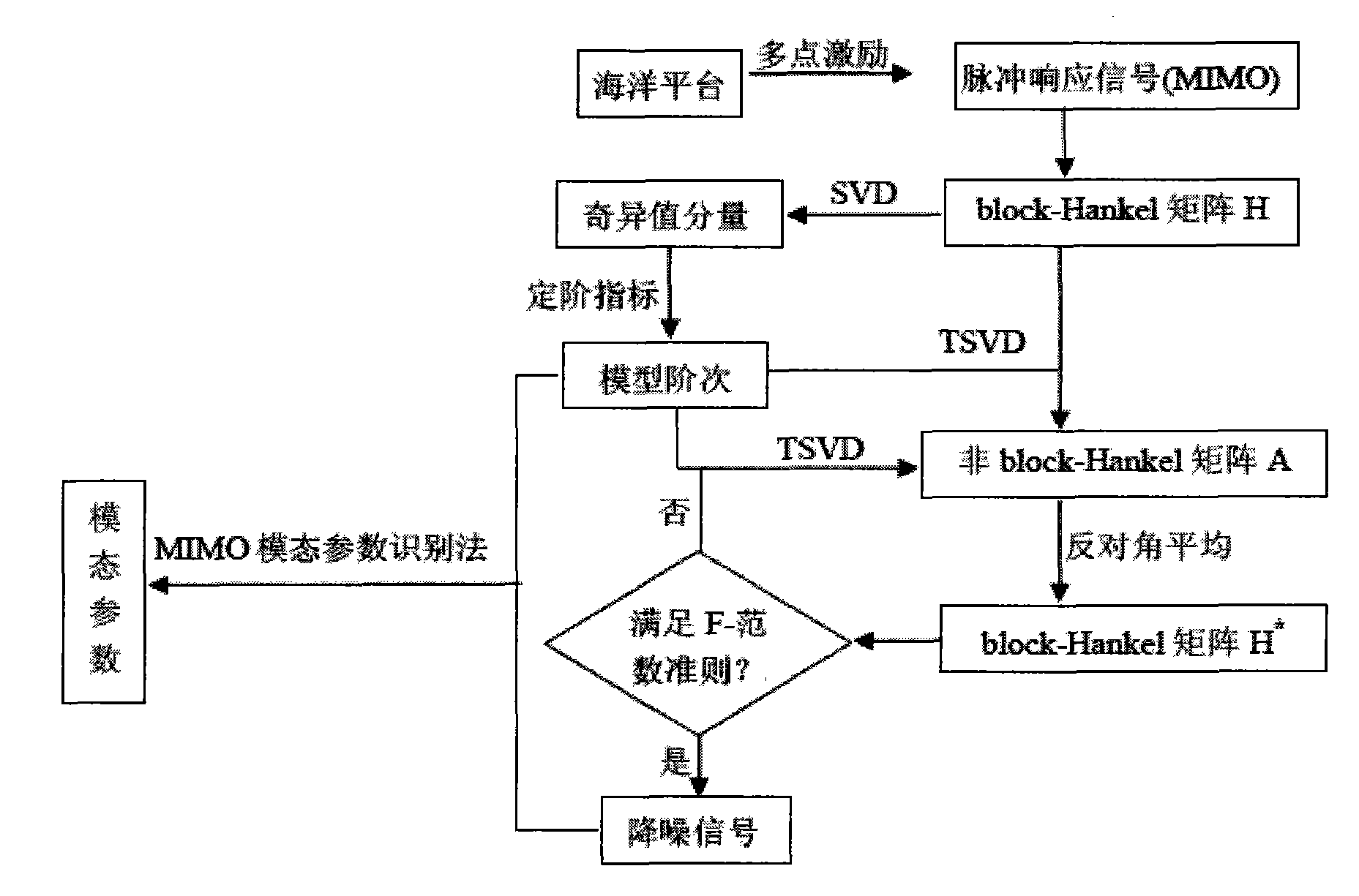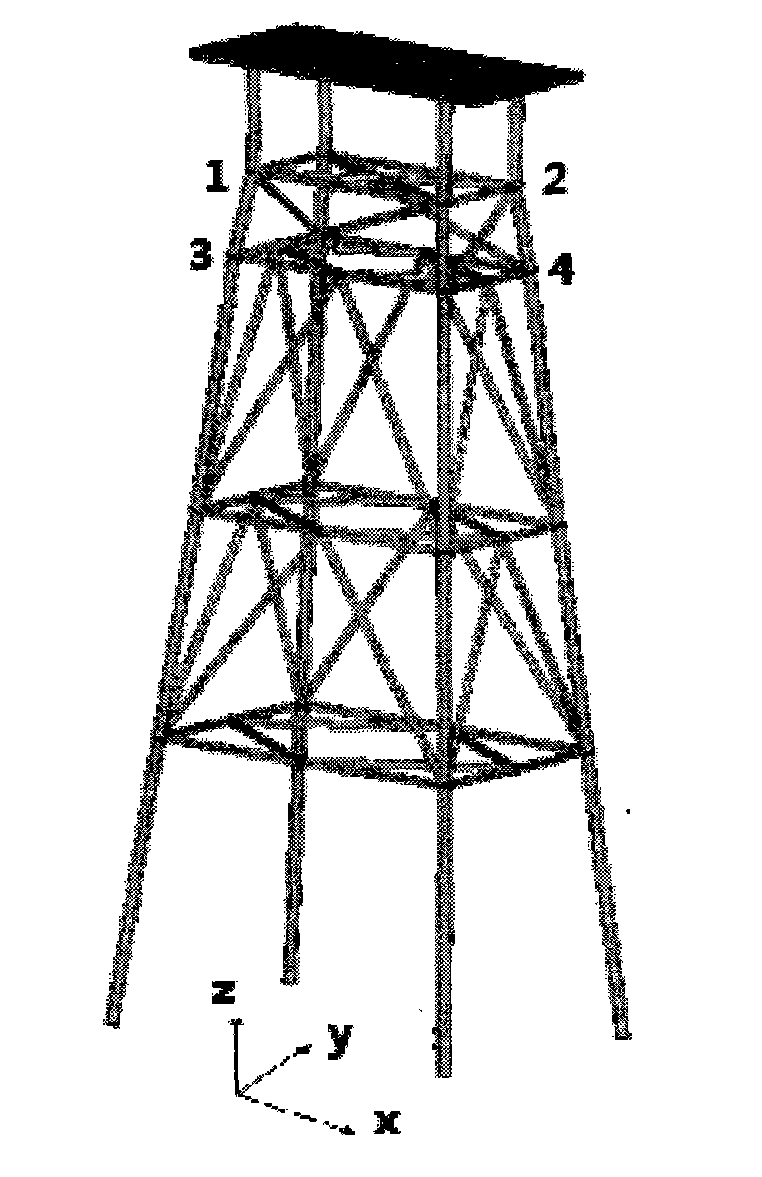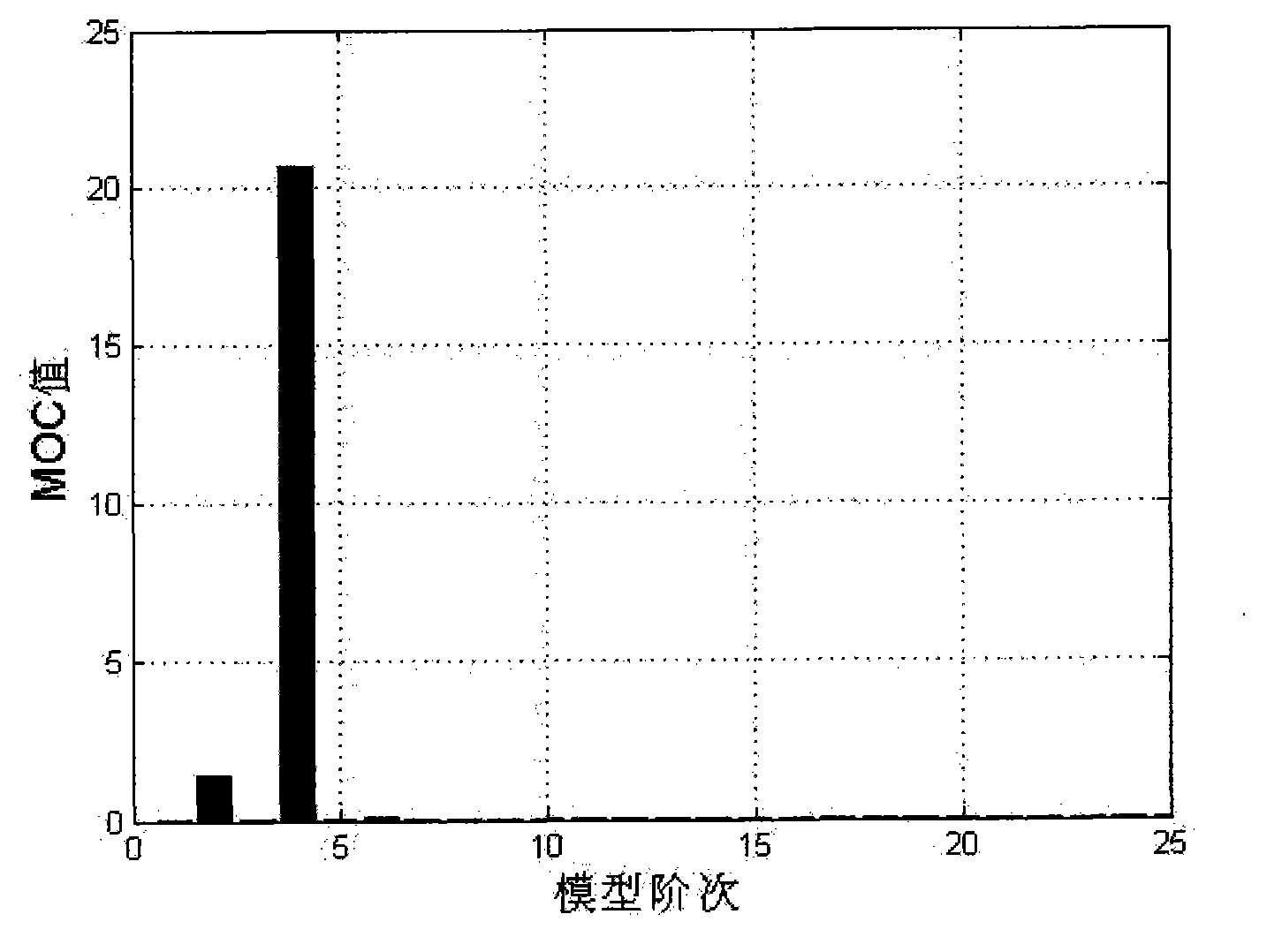Modal parameter recognizing method based on multi-input multi-output signal noise reduction
A modal parameter identification and multi-output technology, applied in the field of signal processing, can solve the problems of difficulty in correctly identifying the real modal parameters of the structure, reduced computational efficiency, and difficulty.
- Summary
- Abstract
- Description
- Claims
- Application Information
AI Technical Summary
Problems solved by technology
Method used
Image
Examples
Embodiment Construction
[0017] The embodiments of the present invention will be described in detail below with reference to the accompanying drawings, but the present invention can be implemented in many different ways defined and covered by the claims.
[0018] Such as figure 1 As shown, the modal parameter identification method based on MIMO signal noise reduction in the present invention comprises the following steps:
[0019] Step 1, performing block-Hankel matrix transformation on the noisy multi-point impulse response signal to obtain the first block-Hankel matrix;
[0020] Step 2, using a structural low-rank approximation to process the first matrix according to the rank of the first matrix to obtain the first non-block-Hankel matrix after the low-rank approximation;
[0021] Step 3, the elements of each block in the second matrix are replaced by the mathematical average of the block elements on the anti-diagonal line where it is located, and the second block-Hankel matrix is obtained; pref...
PUM
 Login to View More
Login to View More Abstract
Description
Claims
Application Information
 Login to View More
Login to View More - R&D
- Intellectual Property
- Life Sciences
- Materials
- Tech Scout
- Unparalleled Data Quality
- Higher Quality Content
- 60% Fewer Hallucinations
Browse by: Latest US Patents, China's latest patents, Technical Efficacy Thesaurus, Application Domain, Technology Topic, Popular Technical Reports.
© 2025 PatSnap. All rights reserved.Legal|Privacy policy|Modern Slavery Act Transparency Statement|Sitemap|About US| Contact US: help@patsnap.com



